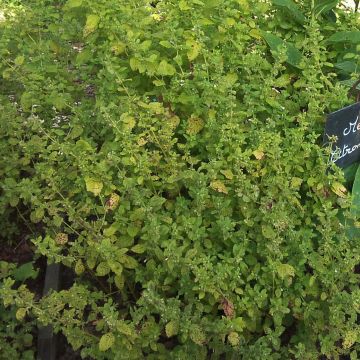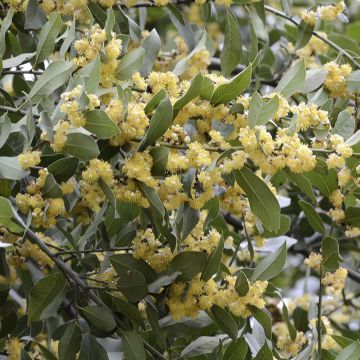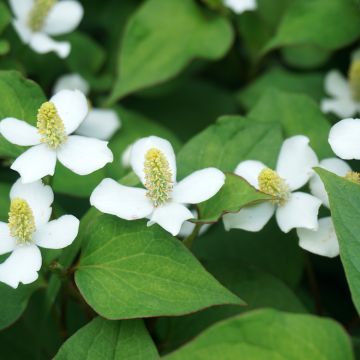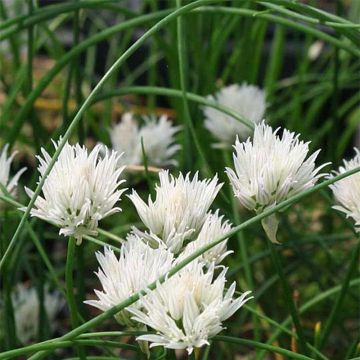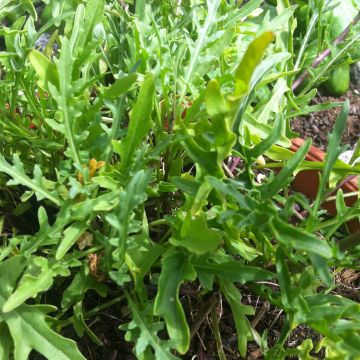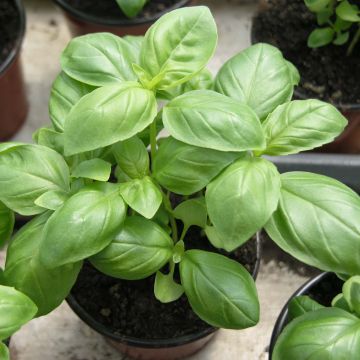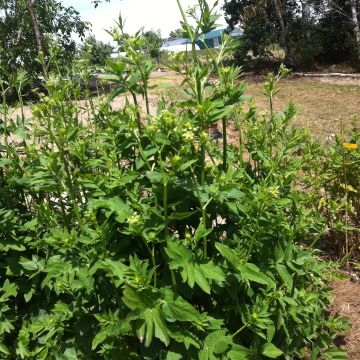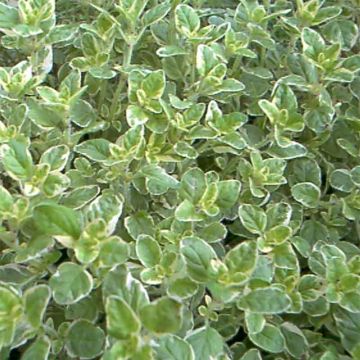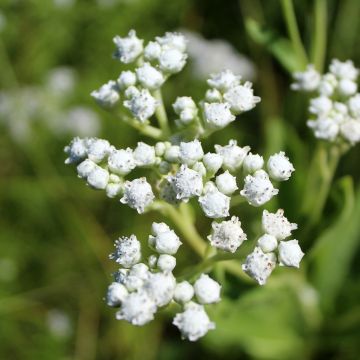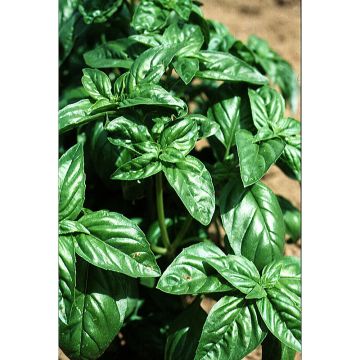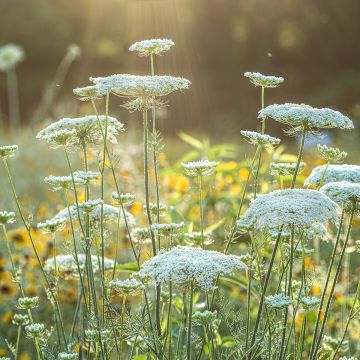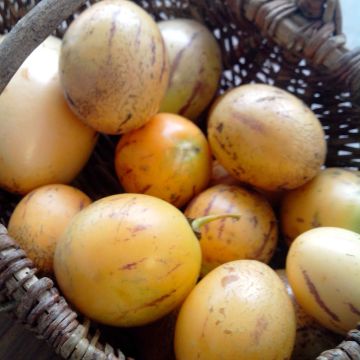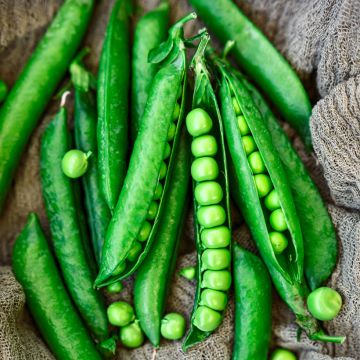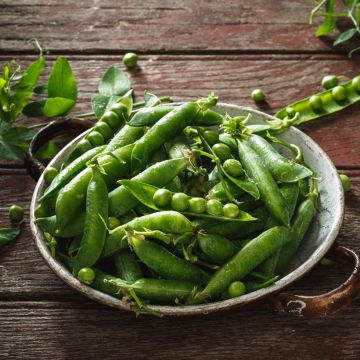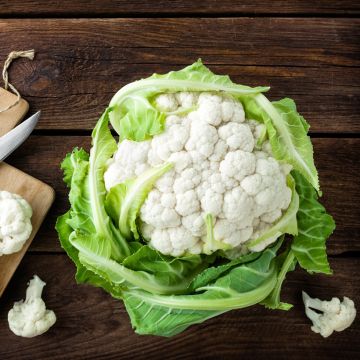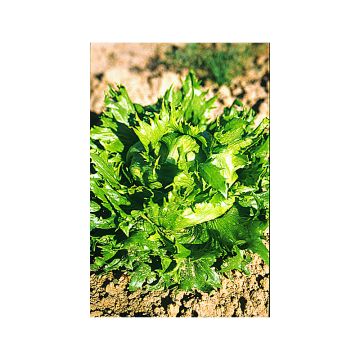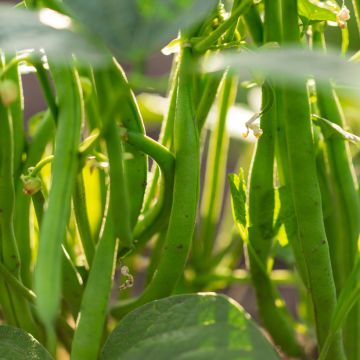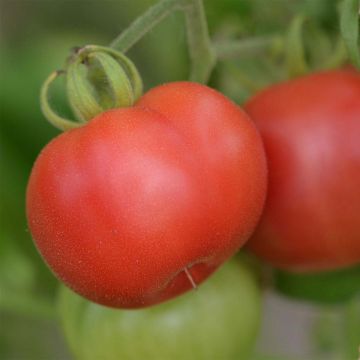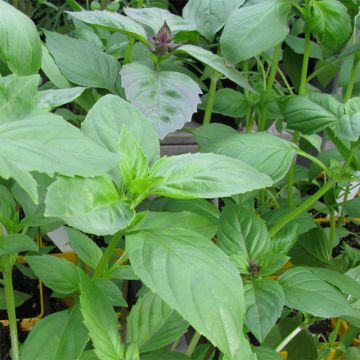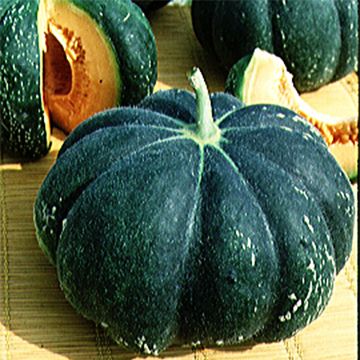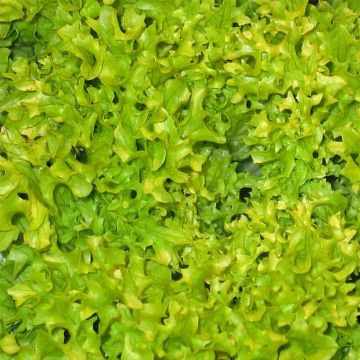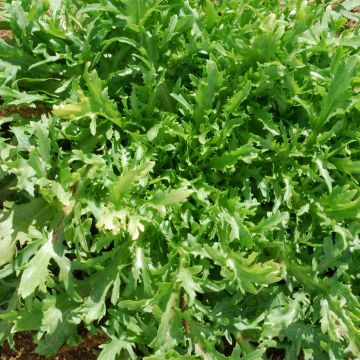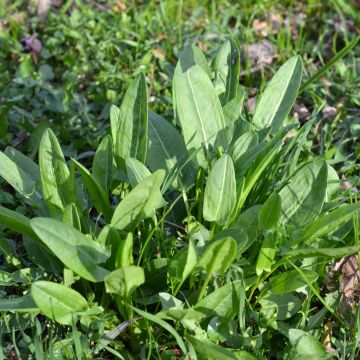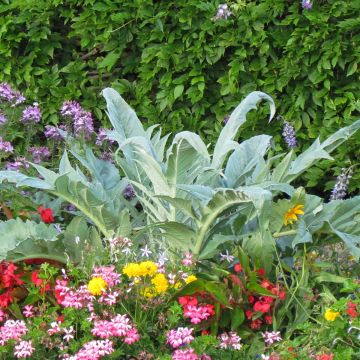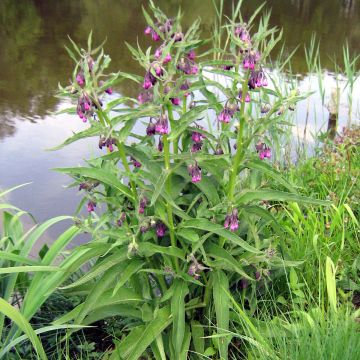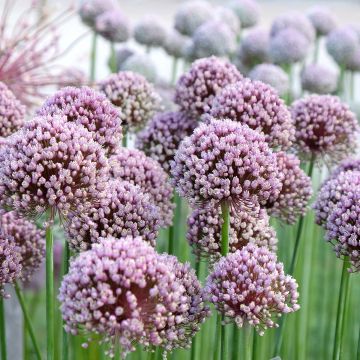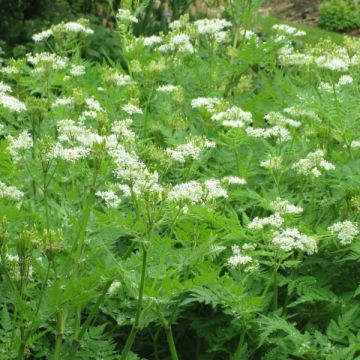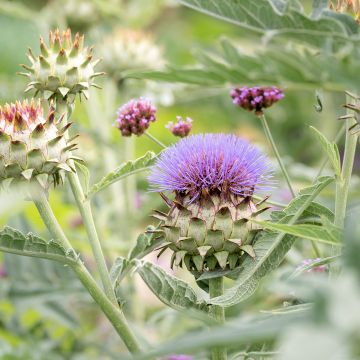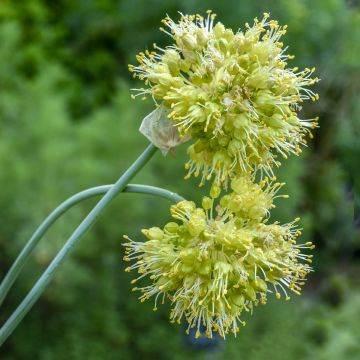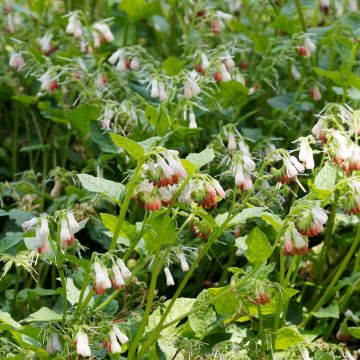Shipping country and language
Your country of residence may be:
Your country of residence is:
For a better user experience on our website, you can select:
Your shipping country:
Andorra
Austria
Belgium
Bulgaria
Canada
Chile
Croatia
Cyprus
Czechia
Denmark
Estonia
Finland
France
Germany
Greece
Hungary
Iceland
Ireland
Italy
Latvia
Lithuania
Luxembourg
Malta
Monaco
Netherlands
Poland
Portugal
Romania
Slovakia
Slovenia
Spain
Sweden
Switzerland
United Kingdom
We only deliver seed and bulb products to your country. If you add other products to your basket, they cannot be shipped.
Language:
French
German
Spanish
English
My Account
Hello
My wish lists
Plantfit
Log in / Register
Existing customer?
New customer?
Create an account to track your orders, access our customer service and, if you wish, make the most of our upcoming offers.
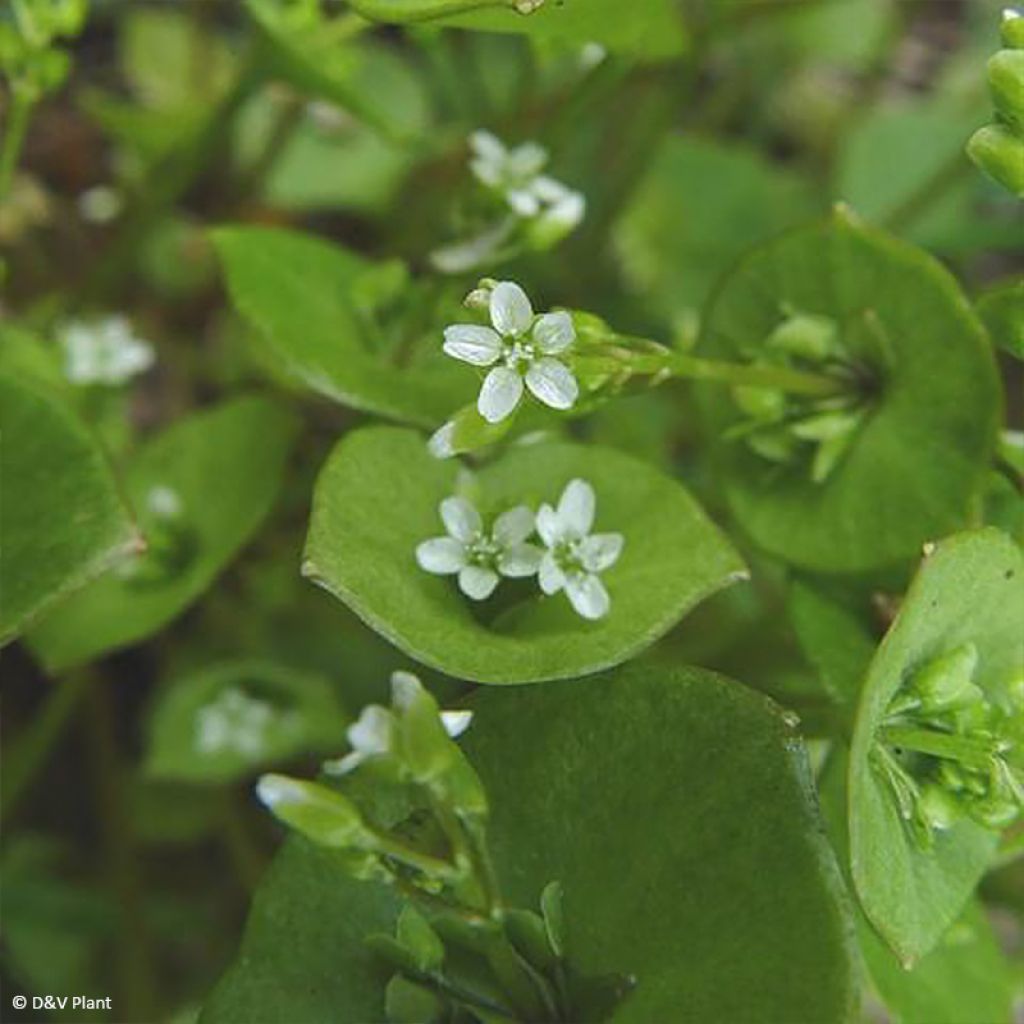

Claytonia perfoliata - Pourpier d’Hiver ou Claytone de Cuba
Claytonia perfoliata - Miner's lettuce
Claytonia perfoliata
Miner's lettuce, Indian lettuce, Winter purslane
Why not try an alternative variety in stock?
View all →Order in the next for dispatch today!
Dispatch by letter from €3.90.
Delivery charge from €5.90 Oversize package delivery charge from €6.90.
More information
This item is not available in your country.
Schedule delivery date,
and select date in basket
This plant carries a 6 months recovery warranty
More information
We guarantee the quality of our plants for a full growing cycle, and will replace at our expense any plant that fails to recover under normal climatic and planting conditions.
From €5.90 for pickup delivery and €6.90 for home delivery
Express home delivery from €8.90.
Description
The Claytonia perfoliata, also known as Winter Purslane or Cuban Purslane, is a small annual plant belonging to the same botanical family as purslane. It has slightly succulent, crisp, fleshy leaves with a very mild flavor, somewhat reminiscent of watercress. They are primarily consumed in winter, raw in salads for added flavor or cooked like spinach. Winter Purslane is grown in partial shade or shade, in garden soil that remains consistently moist to very wet.
Cuban Purslane belongs to the Montiaceae or Portulacaceae family, depending on the classification. It is a botanical species native to North and Central America. While this annual plant is similar to purslane, it is more decorative, with its opposite, fleshy, thick leaves that lack veins and have petioles, spoon-shaped or cone-shaped at the top. The floral stems appearing to pass through the leaves give the plant an elegant and peculiar appearance. The small white flowers are clustered and bloom from May to August. The seeds are very fine, black, and shiny. This plant grows to be 25 cm (10in) tall, as well as wide, sometimes more.
Winter Purslane can be harvested late in autumn, at a time when salads are scarce in the vegetable garden.
In cuisine, the taste of Winter Purslane is a compromise between purslane and spinach. The leaves and stems can be consumed raw or cooked, but it is most often enjoyed raw because it "melts" a lot when cooked. Raw, its watery, slightly greasy texture brings freshness to mixed salads. On its own, it is best with a drizzle of olive oil and a hint of lemon juice or balsamic vinegar. Cooked, it is eaten like spinach: with butter, in a gratin, or sautéed.
Maintenance: Pinch the stems when the plants reach about 10 cm (4in).
Harvest: 2 to 3 months after sowing; remove the stems without cutting too short to allow regrowth.
Prefer young shoots, which are more pleasant in the mouth and even melting.
Storage: Winter Purslane is best consumed shortly after harvest but can be stored in the refrigerator vegetable drawer for 2 to 3 days, wrapped in absorbent paper.
Gardener's Tips
Harvest the seeds to sow them again the following year.
Harvest
Plant habit
Foliage
Other Vegetable garden A to Z
Planting and care
Plant winter purslane in humus-rich, well-drained, non-calcareous soil. If your soil is heavy, add some sand. The soil should always remain slightly moist, or even very moist. Plant preferably in the shade, which allows you to obtain leaves with a milder and much better flavor. Harvest the leaves from June to December. Keep some seeds to sow the following year. You can also let the plants freely self-seed in the garden.
Sowing: from April to August in a sunny location, in a warm exposure, or until October under cover.
Sow thinly in spaced rows of 30 cm (12in), then water until germination to keep the soil slightly moist. Thin out to leave only one plant every 10 cm (4in).
Harvest: 2 to 3 months after sowing.
Cultivation
Care
Intended location
This item has not been reviewed yet - be the first to leave a review about it.
Old and forgotten vegetables
Haven't found what you were looking for?
Hardiness is the lowest winter temperature a plant can endure without suffering serious damage or even dying. However, hardiness is affected by location (a sheltered area, such as a patio), protection (winter cover) and soil type (hardiness is improved by well-drained soil).

Photo Sharing Terms & Conditions
In order to encourage gardeners to interact and share their experiences, Promesse de fleurs offers various media enabling content to be uploaded onto its Site - in particular via the ‘Photo sharing’ module.
The User agrees to refrain from:
- Posting any content that is illegal, prejudicial, insulting, racist, inciteful to hatred, revisionist, contrary to public decency, that infringes on privacy or on the privacy rights of third parties, in particular the publicity rights of persons and goods, intellectual property rights, or the right to privacy.
- Submitting content on behalf of a third party;
- Impersonate the identity of a third party and/or publish any personal information about a third party;
In general, the User undertakes to refrain from any unethical behaviour.
All Content (in particular text, comments, files, images, photos, videos, creative works, etc.), which may be subject to property or intellectual property rights, image or other private rights, shall remain the property of the User, subject to the limited rights granted by the terms of the licence granted by Promesse de fleurs as stated below. Users are at liberty to publish or not to publish such Content on the Site, notably via the ‘Photo Sharing’ facility, and accept that this Content shall be made public and freely accessible, notably on the Internet.
Users further acknowledge, undertake to have ,and guarantee that they hold all necessary rights and permissions to publish such material on the Site, in particular with regard to the legislation in force pertaining to any privacy, property, intellectual property, image, or contractual rights, or rights of any other nature. By publishing such Content on the Site, Users acknowledge accepting full liability as publishers of the Content within the meaning of the law, and grant Promesse de fleurs, free of charge, an inclusive, worldwide licence for the said Content for the entire duration of its publication, including all reproduction, representation, up/downloading, displaying, performing, transmission, and storage rights.
Users also grant permission for their name to be linked to the Content and accept that this link may not always be made available.
By engaging in posting material, Users consent to their Content becoming automatically accessible on the Internet, in particular on other sites and/or blogs and/or web pages of the Promesse de fleurs site, including in particular social pages and the Promesse de fleurs catalogue.
Users may secure the removal of entrusted content free of charge by issuing a simple request via our contact form.
The flowering period indicated on our website applies to countries and regions located in USDA zone 8 (France, the United Kingdom, Ireland, the Netherlands, etc.)
It will vary according to where you live:
- In zones 9 to 10 (Italy, Spain, Greece, etc.), flowering will occur about 2 to 4 weeks earlier.
- In zones 6 to 7 (Germany, Poland, Slovenia, and lower mountainous regions), flowering will be delayed by 2 to 3 weeks.
- In zone 5 (Central Europe, Scandinavia), blooming will be delayed by 3 to 5 weeks.
In temperate climates, pruning of spring-flowering shrubs (forsythia, spireas, etc.) should be done just after flowering.
Pruning of summer-flowering shrubs (Indian Lilac, Perovskia, etc.) can be done in winter or spring.
In cold regions as well as with frost-sensitive plants, avoid pruning too early when severe frosts may still occur.
The planting period indicated on our website applies to countries and regions located in USDA zone 8 (France, United Kingdom, Ireland, Netherlands).
It will vary according to where you live:
- In Mediterranean zones (Marseille, Madrid, Milan, etc.), autumn and winter are the best planting periods.
- In continental zones (Strasbourg, Munich, Vienna, etc.), delay planting by 2 to 3 weeks in spring and bring it forward by 2 to 4 weeks in autumn.
- In mountainous regions (the Alps, Pyrenees, Carpathians, etc.), it is best to plant in late spring (May-June) or late summer (August-September).
The harvesting period indicated on our website applies to countries and regions in USDA zone 8 (France, England, Ireland, the Netherlands).
In colder areas (Scandinavia, Poland, Austria...) fruit and vegetable harvests are likely to be delayed by 3-4 weeks.
In warmer areas (Italy, Spain, Greece, etc.), harvesting will probably take place earlier, depending on weather conditions.
The sowing periods indicated on our website apply to countries and regions within USDA Zone 8 (France, UK, Ireland, Netherlands).
In colder areas (Scandinavia, Poland, Austria...), delay any outdoor sowing by 3-4 weeks, or sow under glass.
In warmer climes (Italy, Spain, Greece, etc.), bring outdoor sowing forward by a few weeks.
